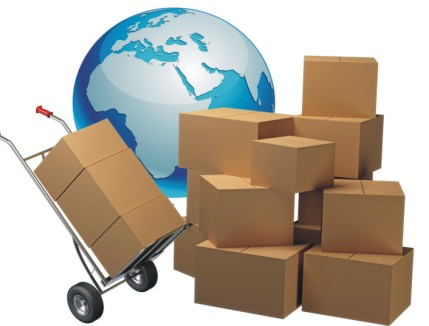How to export “door-to-door”.
How to export “door-to-door”.
The world, and people doing business internationally, don´t want to buy products delivered in the origin. They want to receive the merchandise at the port or airport of their town, or even in their deposit or at the door of their shop.
The merchandise in a door-to-door operation, is collected on the shipper’s door and delivered to the buyer’s door. All expenses from the point of shipment to the final destination is covered by the seller – domestic freight, insurance, customs clearance, international transport, customs clearance at the destination, the internal freight and other associated costs – to the agreed place of delivery.
For you to sell in these conditions, which is a lot more convenient for your customer, you have to have partners in every single step. On the other hand, your customer will have the advantage because you are facilitating and decreasing his logistics. And your client´s satisfaction, will most likely make him to come back for your services.
The main advantages of the delivery “door to door” are:
. Reducing the cost and time, given that the service will be carried out and coordinated by a single company.
. Consolidating the merchandise creates increased bargaining power which in turn generates lower prices.
. The flow of information is quicker and more accurate.
. Burocracy is minimized, since problems will be anticipated or prevented from the first step of collecting the merchandise to the issuing of documents;
. Complete control to the end of the process.
. Greater control of the exporter.
. More convenient for the importer.
For these operations it is advisable to hire an export company who is responsible for all shipping routes, not diluting accountability, and for real cost reduction possibilities. These operators are called freight forwarders or shipping agents. You can find these agents on the web or in the InService module of Intradebook.







